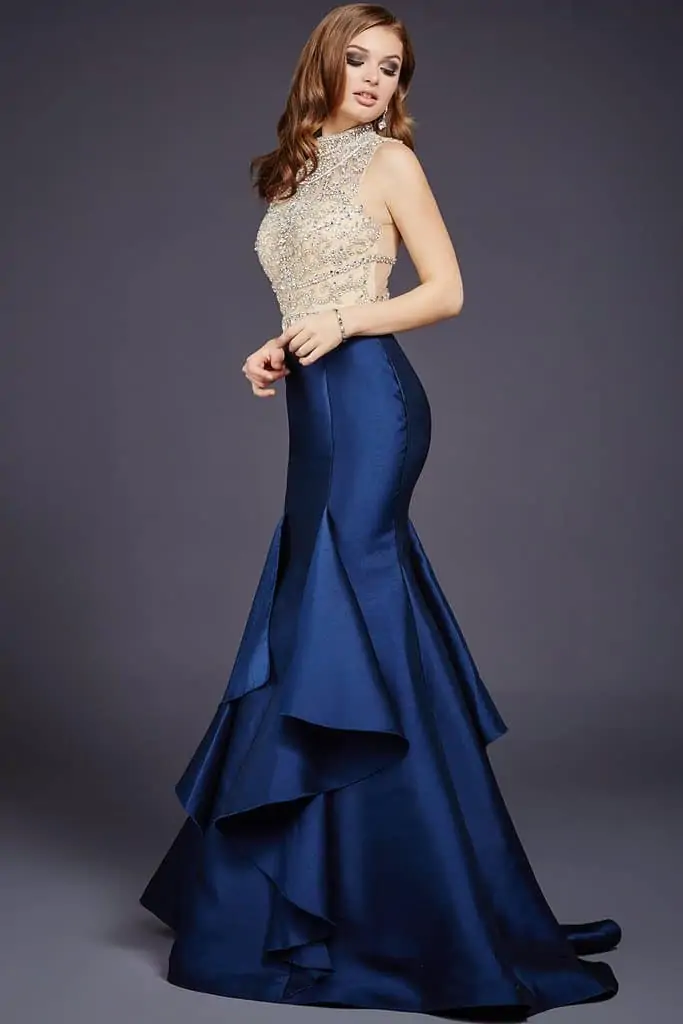
Difference Between Dresses and Gowns
Key Differences. A dress typically refers to a one-piece garment for women or girls that covers the body and extends down over the legs, suitable for a wide range of occasions from casual to semi-formal. Whereas a gown is a more formal or elegant dress, often floor-length, worn for special occasions like weddings, galas, and formal events. 10.

79 Popular How Many Types Of Gowns Are There With Simple Style Stunning and Glamour Bridal
A train was de riguer, as it was for day dress. On the whole, evening fashion tended to resemble day dress styles. When trains disappeared for day dress, they became optional for evening. Waistlines raised and lowered; fabrics became simpler, then returned to more elaborate silks, satins, and velvets. Sleeves grew and became more gathered and.
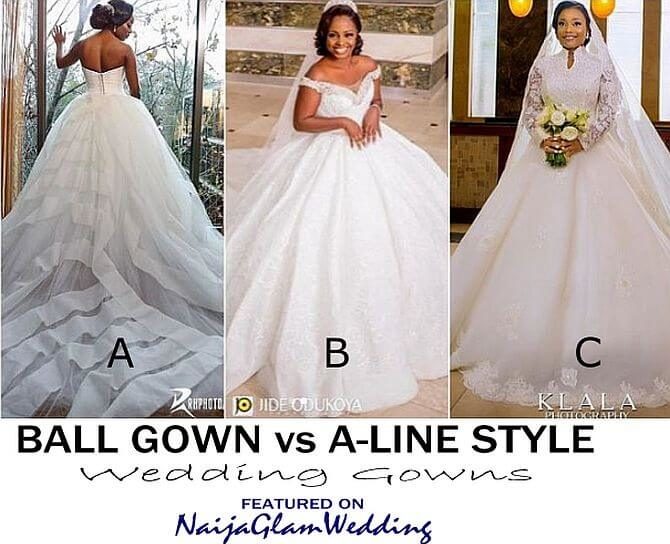
Mermaid Dress vs Trumpet Style AND ALine vs Ball Gown NaijaGlamWedding
The traditional black outfits worn (by man and women alike) in college graduation ceremonies are often called gowns for instance, though I've heard them called robes also. 7. fluffypuffy2234. • 2 yr. ago. A tunic is generally longer than a shirt and shorter than a dress. Pants, tights, or leggings are worn under a tunic.
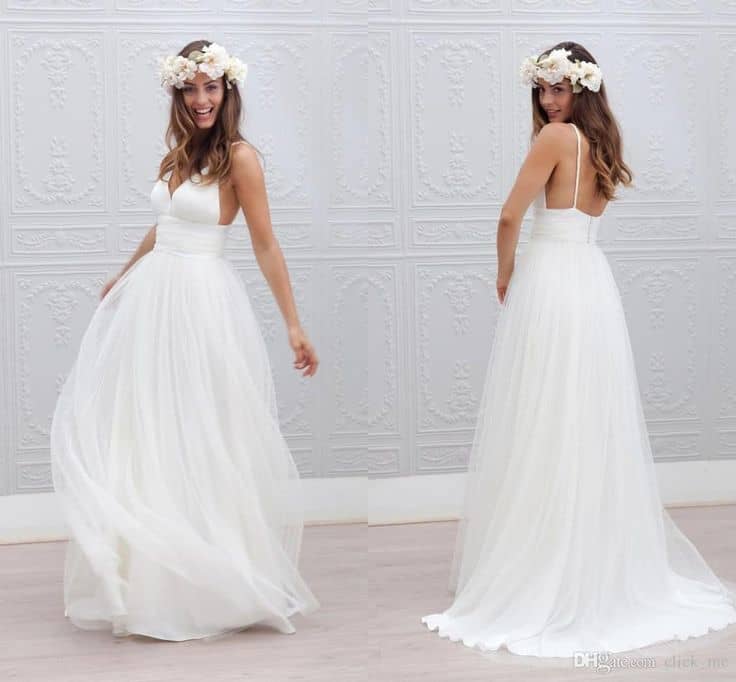
Difference Between Dresses and Gowns
Key Differences. A dress is a general term for any one-piece garment worn by women and girls, which can vary in style, length, and occasion. A gown, however, is specifically a more formal or elegant dress, often worn for special events. 7. Dresses can be casual or formal, designed for everyday wear or special occasions.
What’s the difference between a robe, a gown, and a dress? Quora
The difference between a dress and a gown is largely one of semantics and personal preference. The word "gown" tends to refer to more formal garments, like those worn for weddings, proms or balls. A "dress" can be any one-piece garment with a skirt of any length, and can be either formal or informal. While many gowns are referred to as dresses.

Pin on Prom
Classic cocktail and sheath dresses are stylish options for semi-formal events. Mermaid silhouette, A-line, lace, off the shoulder and high low styles provide captivating looks to suit every woman's wardrobe. 1. The Elegant Maxi Dress. Maxi dresses have made their mark as one of the most versatile, stylish, and comfortable dress styles today.
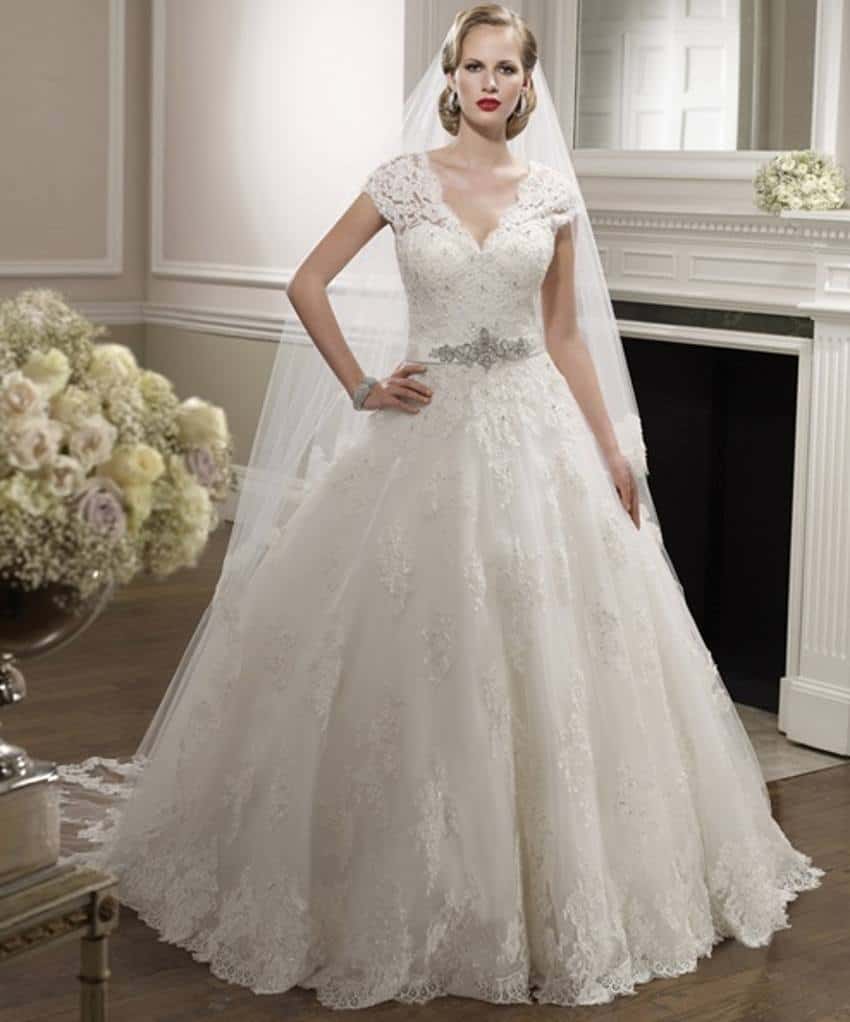
Difference Between Dresses and Gowns
An essential difference between gowns and dresses is that a gown is often for a more formal setting, whereas women can wear a dress for both. In other words, A gown can only be a gown, but a dress can be a dress and a gown. Here are some other articles related to your search: Style Guide: Gorgeous Gowns for Any Formal Event

How to Choose the Perfect Wedding Dress for Your Body Shape JJ's House
The Difference Between Gown and Dress. It's almost like a riddle. All gowns are considered dresses while all dresses are not gowns. Gowns are often more a formal dress in nature, although, the shape of them may differ. Gowns are more often attached to events like balls, weddings, or other formal events. Dresses can be more casual, or formal.

Wedding Dress Silhouettes............ Ballgown, Drop Waist Ballgown, Fit an… Empire waist
Maxi dresses and gowns share some characteristics, which is why most people refer to them interchangeably. The main difference between a maxi dress and gown is that a maxi dress is mostly considered casual while a gown is linked to a certain level of formality. Nevertheless, we can define a gown as a long, flowing garment that, like a dress.

The Difference Between a Dress and a Gown formaldresscodes
Length. Length is one of the most defining differences between evening gowns and cocktail dresses. Evening gowns are longer than cocktail dresses and tend to fall around the calf or ankle, with many evening gowns being floor-length. On the other hand, the majority of cocktail dresses stop at the mid-thigh, though some may reach to the knee, and.

Dresses versus gowns; it can be quite confusing a part of the English language. Dresses and
Gowns are more of formal attire. They are worn for formal events such as charity dinner parties, ball parties, or wedding gowns. Gowns are usually full-length, with or without flare. Gowns, defined in terms of clothing articles, are cloth garments that consist of a bodice and a full-length skirt.

Difference Between Dresses and Gowns
Dresses are generally shorter in length, typically reaching above the knee or at mid-calf. They come in various styles, such as A-line, sheath, fit-and-flare, and more, catering to different body types and personal preferences. On the other hand, gowns are typically longer, reaching the floor or even trailing behind.
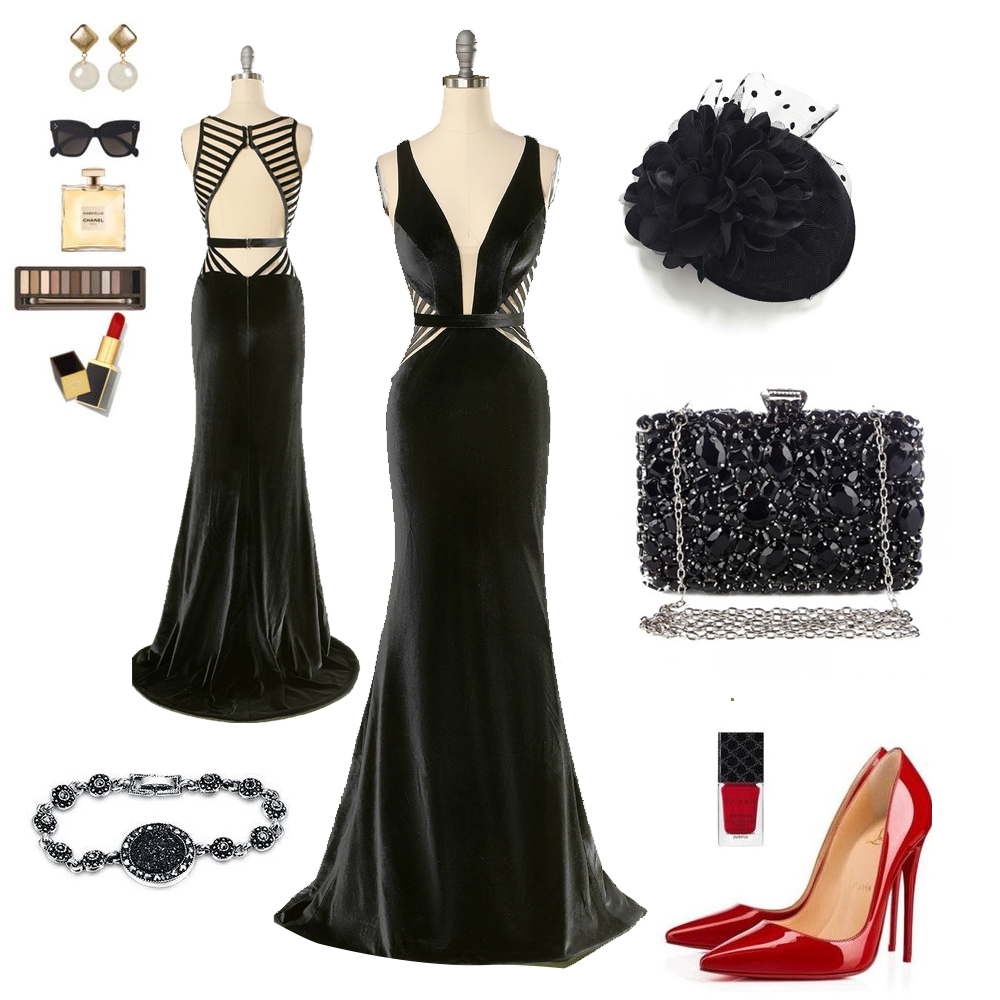
Top 9 whats the difference between a cocktail dress and an evening gown 2022
A dress is less pricey than a gown and may be tailored to fit any event. Additionally, a dress can be formal or informal, long or short. Therefore, there are many differences that set gowns and dresses apart from one another. It can become quite confusing, as all gowns are seen as dresses, but not all dresses are thought of as gowns.

Elige tu vestido según tu cuerpo Wedding dresses, Bridal gown styles, Wedding
In conclusion, the primary differences between a dress and a gown are their length, style, level of formality, and fabric. Dresses are shorter, versatile, and can be worn for both casual and.

8 Differences between Cocktail Dresses and Evening Dresses JJ's House
Cocktail dresses are made in different designs - from A-line to bodycon and asymmetric. These are the most popular designs, so women like to wear them to cocktail parties. Evening dresses are usually long, with A-line, sheath, trumpet, mermaid, and princess cut. These designs are more elegant, so they are reserved for formal events.
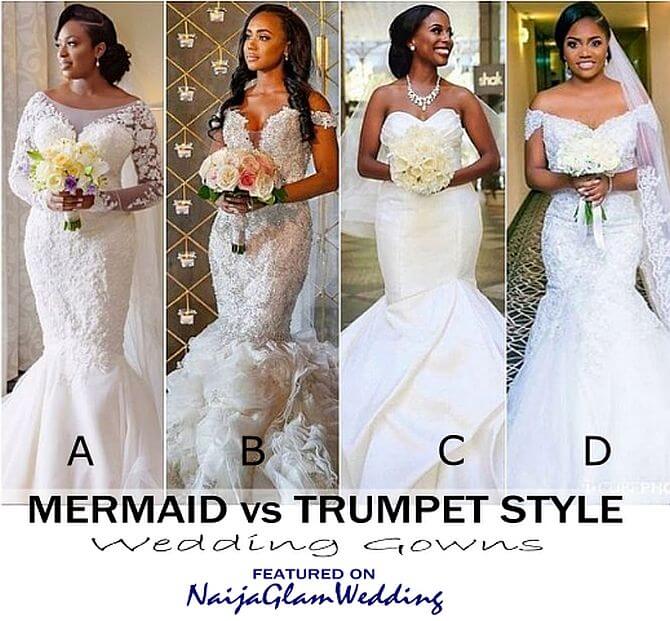
Mermaid Dress vs Trumpet Style AND ALine vs Ball Gown NaijaGlamWedding
On the other hand, using the term "gown" to describe a casual dress can also be inaccurate. A gown is typically a more formal garment, while a dress can be casual or formal. Using the term "gown" to describe a casual dress may make it seem more formal than it actually is. 3. Assuming Gender-specific Usage.
- Posttraumatische Belastungsstörung Nach Beziehung Mit Narzissten
- Google Pixel 7 Pro Folie
- علائم سكته قلبي در زنان
- Wo Bitte Geht S Nach Hollywood
- Wie Kommt Die Birne In Die Flasche Williams
- Kugelkopf Anhängerkupplung Für Traktor Mit Zulassung
- Spider Man Beyond The Spider Verse
- So Soll Es Sein So Soll Es Bleiben
- Bmw E90 Lci M Paket
- Hotel Erzsebet City Center Budapest